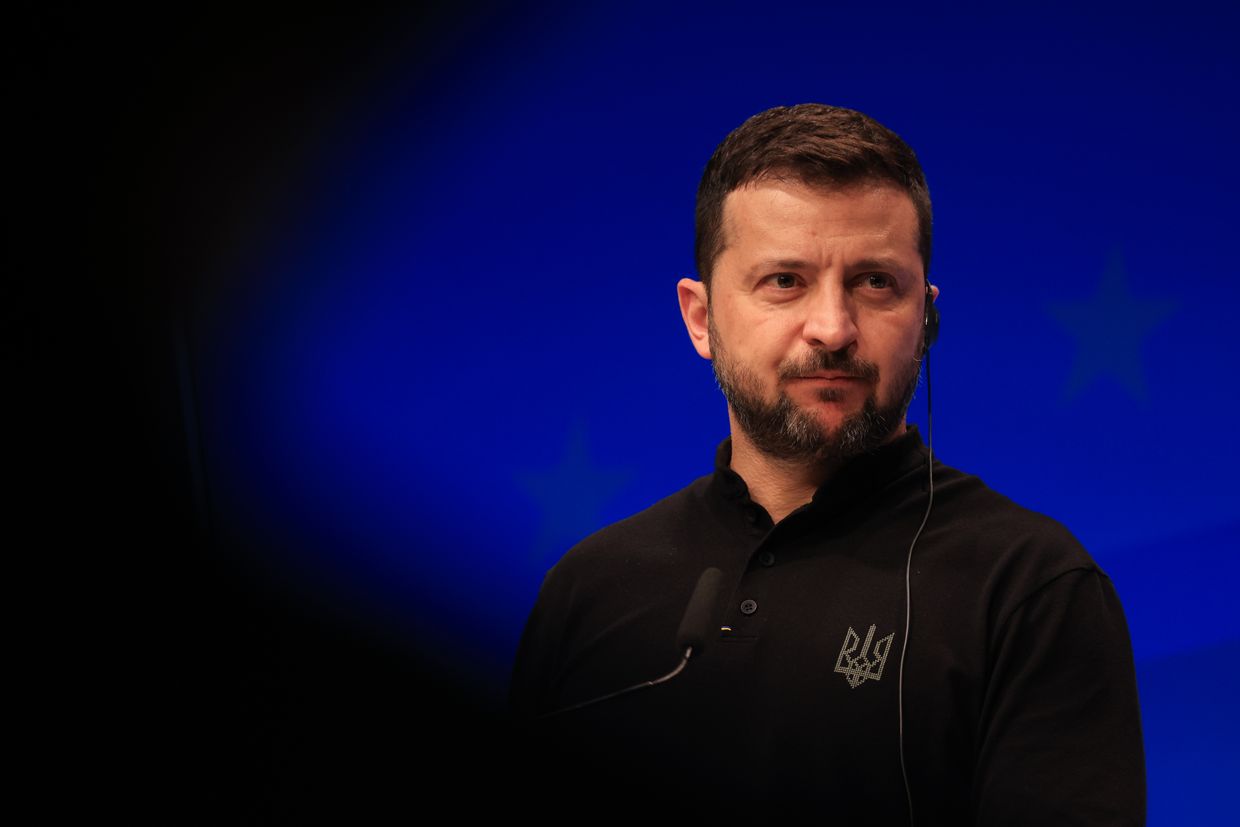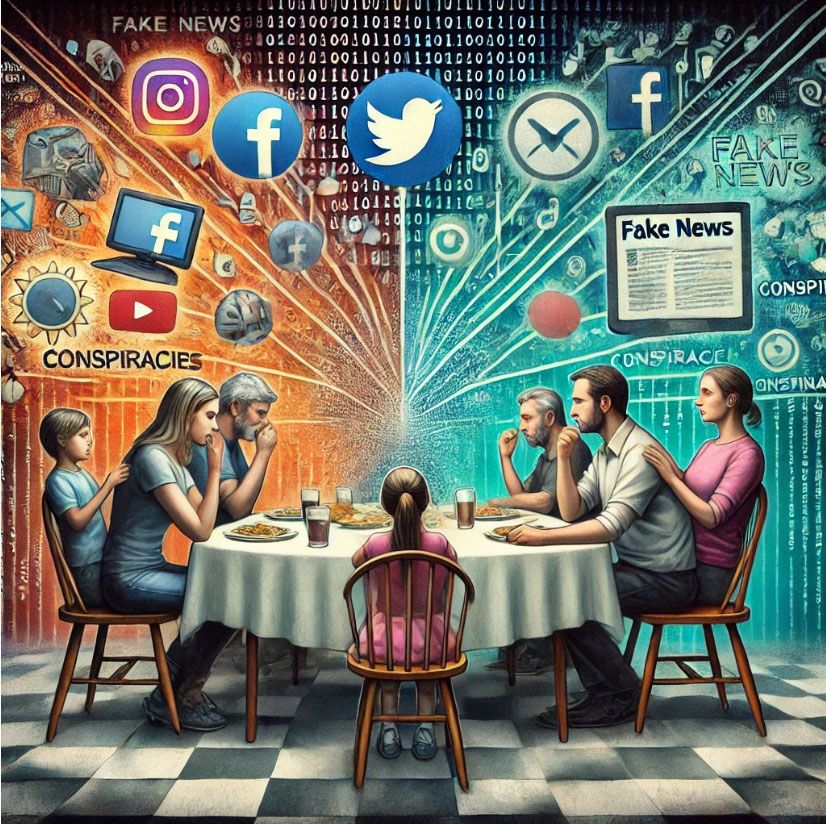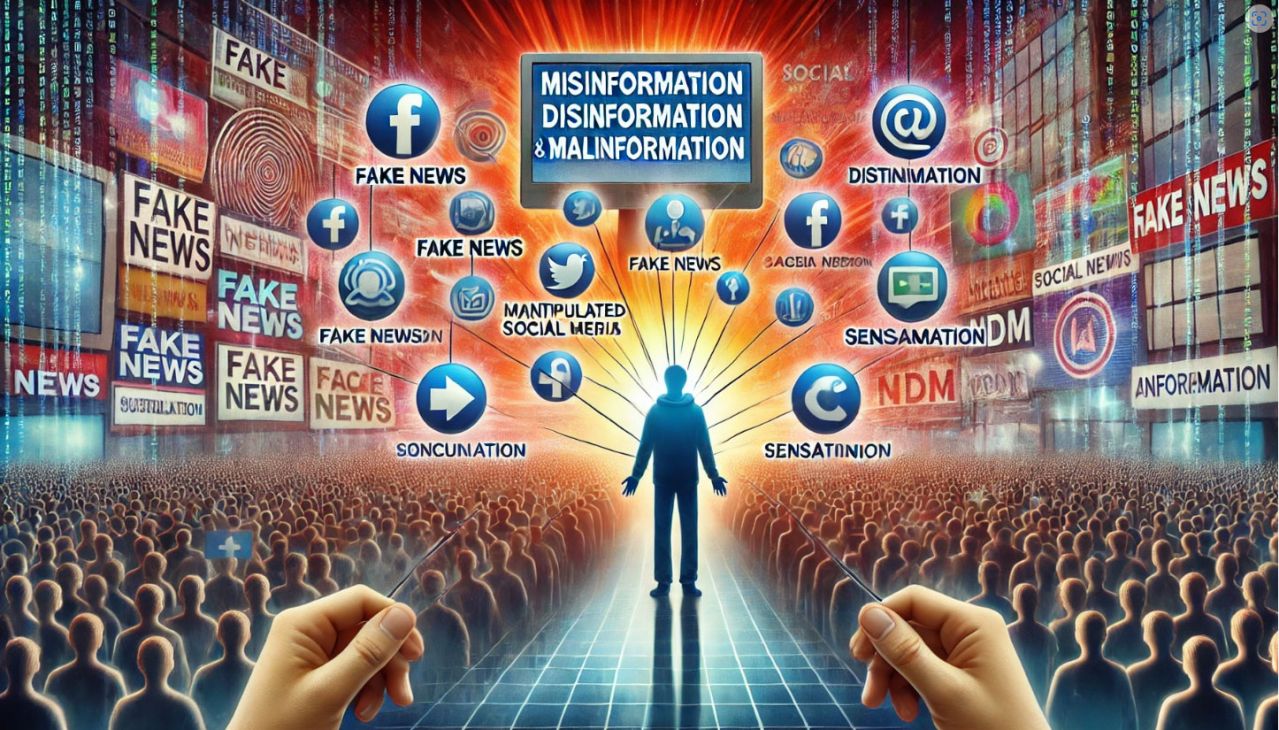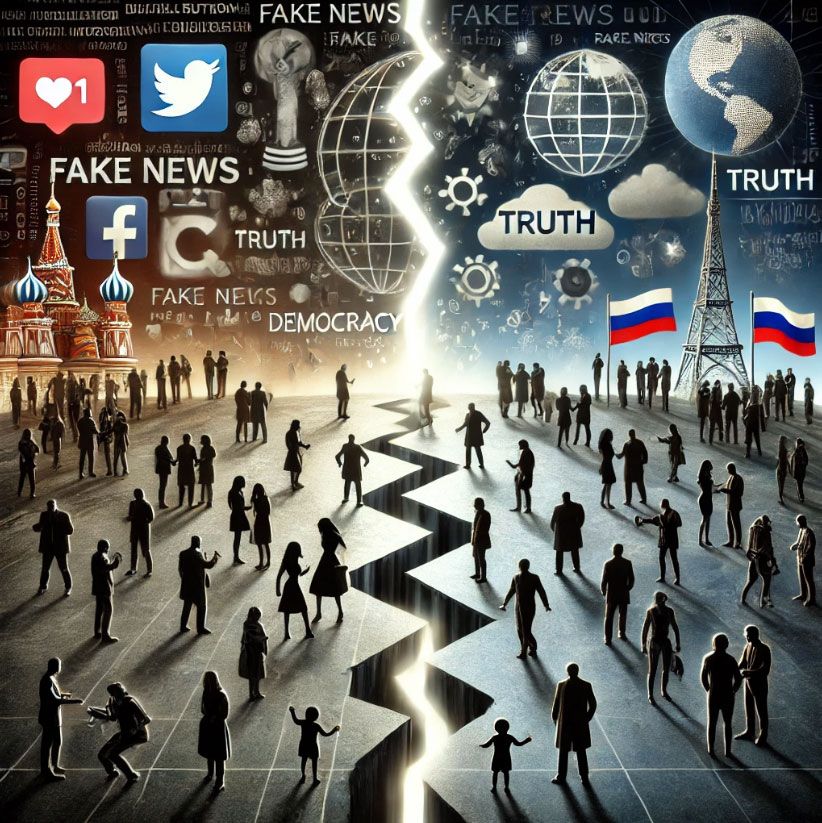Shrinking Attention Spans: Insights from Gloria Mark’s Research
Dr. Gloria Mark, Chancellor’s Professor of Informatics at the University of California, Irvine, has studied how digital media impacts human attention.
In an interview for the American Psychological Association’s Speaking of Psychology podcast, she discussed how our ability to focus has significantly declined over the past two decades.
Her findings paint a sobering picture:
- Average Attention Spans Are Declining: In 2004, people’s average attention span on a single screen was about 2.5 minutes. By 2012, this had dropped to 75 seconds, and in recent years, it averages just 47 seconds. The median, or midpoint, of these observations is even lower—40 seconds—meaning half of all attention spans measured are under that threshold.
- The Impact of Attention Switching: Frequent task switching, a hallmark of our multitasking culture, correlates with increased stress and lower productivity. Mark’s research, which used heart rate monitors and self-reports, shows that rapid attention switching leads to elevated stress levels. It also creates “switch costs,” where mental energy is drained during the process of reorienting to a new task. These effects hinder cognitive performance and exacerbate fatigue.
- Rhythms of Attention: Mark’s studies reveal that people’s capacity for focused attention follows natural rhythms, peaking in the late morning and again mid-to-late afternoon. However, much of our screen time is dominated by “rote activity”—engaged but minimally challenging tasks such as scrolling social media or playing simple games. This highlights the importance of designing content that aligns with these rhythms to maximize engagement.
Source: APA Podcast, Episode 225
The Connection Between Attention Spans and Disinformation
As attention spans shrink, the public becomes increasingly vulnerable to disinformation.
False narratives are designed to be easily digestible, emotionally provocative, and highly shareable—qualities that thrive in an environment of fleeting focus.
Here are a few ways reduced attention spans exacerbate the spread of disinformation:
- Emotional Triggers Over Logic: Disinformation campaigns often rely on emotional appeals because they bypass critical thinking. With attention divided, people are more likely to react emotionally to headlines or visuals without investigating their accuracy.
- Viral Speed: Social media algorithms prioritize short, engaging content. This makes disinformation—which often takes the form of memes, short videos, or snappy quotes—more likely to spread widely before fact-checkers can intervene.
- Cognitive Overload: The constant barrage of notifications, emails, and media leaves people with fewer mental resources to evaluate information critically. In this state, individuals are more prone to accept falsehoods at face value.
Adapting Anti-Disinformation Strategies
To effectively counter disinformation in this new attention economy, communicators must create content that is clear, concise, and engaging while maintaining accuracy.
Here are key recommendations:
- Prioritize Simplicity:
- Use clear, direct language to distill complex issues into digestible messages.
- Limit key points to three or fewer in any given communication.
- Embrace Visual Storytelling:
- Leverage infographics, short videos, and memes to grab attention quickly.
- Design visually compelling content that is optimized for mobile viewing.
- Trigger Emotion Responsibly:
- Frame counter-narratives in ways that resonate emotionally without resorting to fearmongering or exaggeration.
- Highlight stories of resilience, truth, and empowerment to engage audiences constructively.
- Leverage Timing and Placement:
- Release content during peak focus periods, such as late morning or mid-afternoon.
- Adapt content for the platforms most vulnerable to disinformation, such as TikTok, Instagram, or Twitter.
- Encourage Interactivity:
- Use quizzes, polls, or gamified experiences to foster active engagement.
- Create opportunities for audiences to participate in fact-checking or share personal insights.
- Reinforce Key Messages:
- Repeat accurate information across multiple platforms to ensure retention, even among distracted audiences.
- Use consistent branding and messaging to build trust over time.
The Path Forward
The fight against disinformation requires acknowledging the reality of shortened attention spans.
As Dr. Mark’s research underscores, the digital world demands that we adapt how we communicate, not just what we communicate.
By crafting anti-disinformation campaigns that are succinct, emotionally resonant, and visually engaging, we can better equip the public to identify and resist false narratives.
Ultimately, combating disinformation is not just about correcting falsehoods but about meeting people where they are—and in today’s world, that often means delivering truth in 47 seconds or less.
















